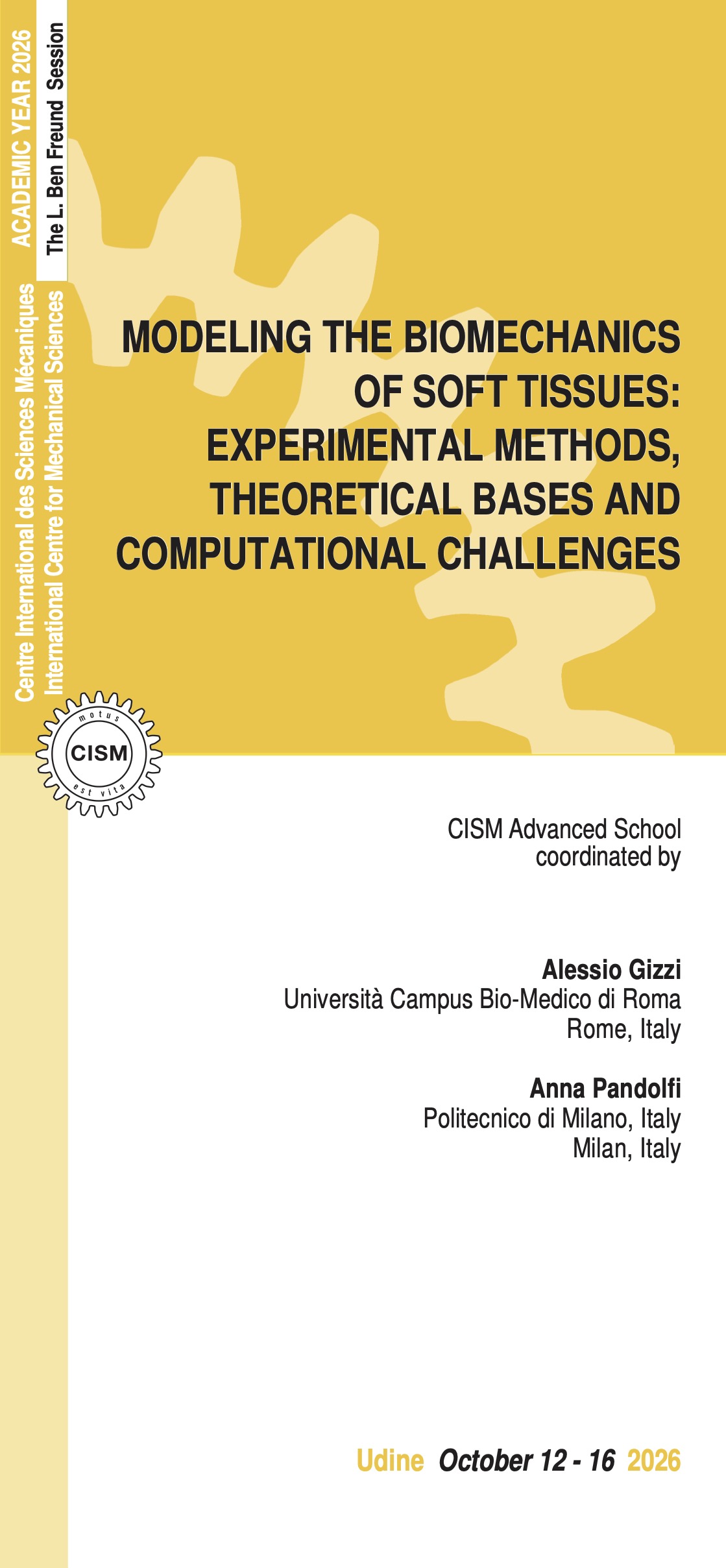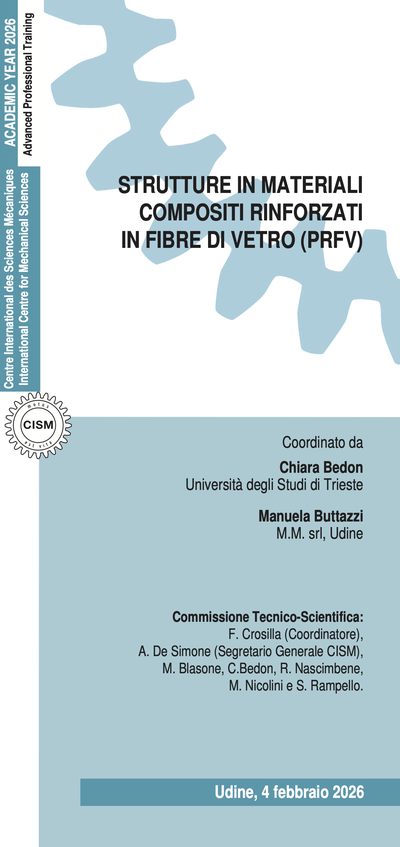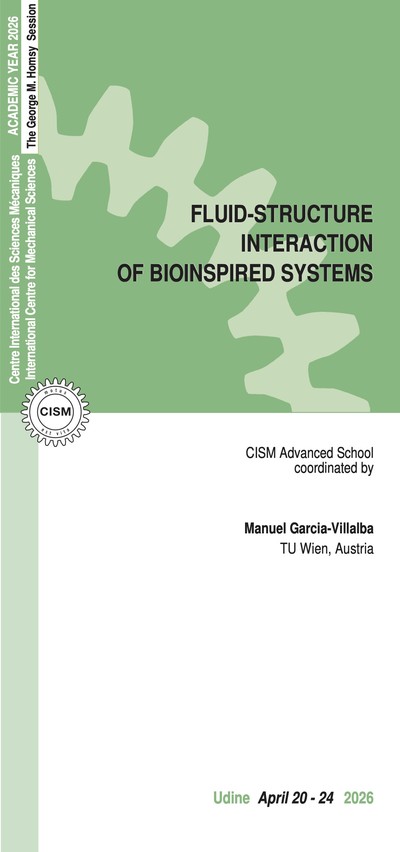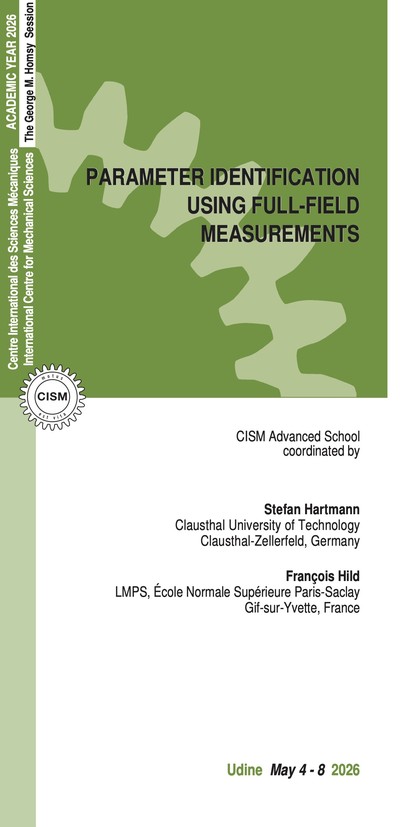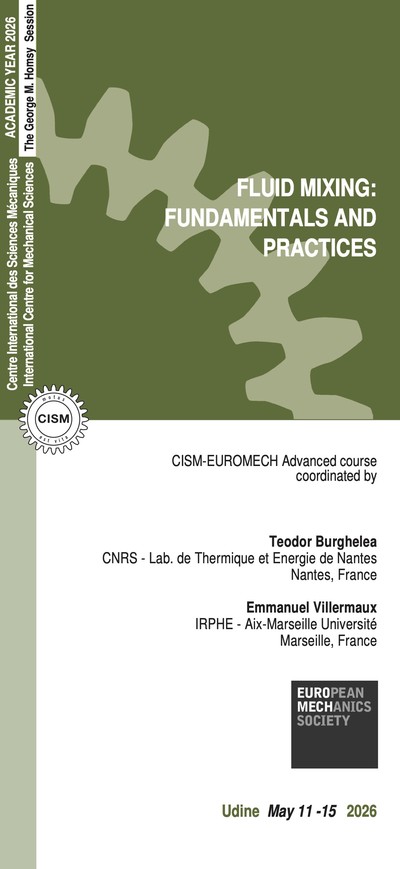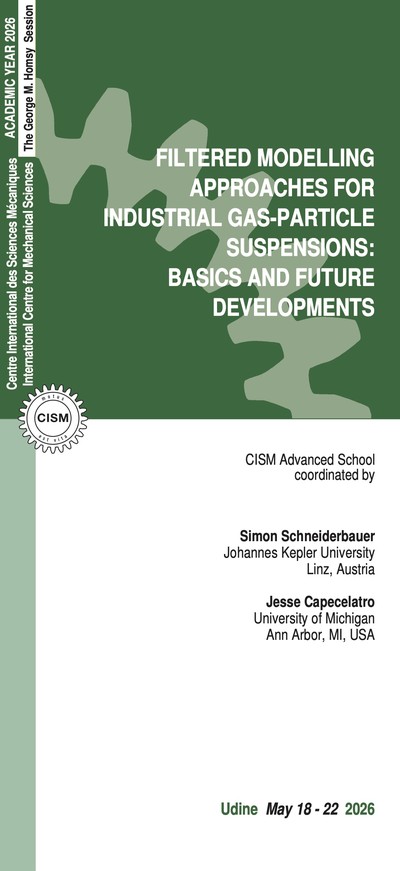Involving the latest advances and ongoing challenges in soft tissue biomechanics, the course aims to foster awareness of the complex interconnections between experimental insights, theoretical formulations, and computational strategies necessary for developing robust and predictive and guide future biomedical applications. The course is primarily designed for graduate students and young researchers, who seek a rigorous and comprehensive introduction to soft tissue biomechanics. Participants will be provided with conceptual foundations and methodological tools, enabling them to critically approach the study of biological tissues at the interface of mechanics, physiology, and medicine.
Lectures will deliver a solid introduction to the field and a critical outlook on its open questions, emphasizing the role of biomechanics and biomedical engineering.
The following topics are covered:
Experimental methods for soft tissues.
A review of mechanical characterization protocols, including uniaxial and biaxial testing, indentation, and other modern techniques. The module discusses the use of optical mapping for real-time tracking of tissue deformation, and the application of surface electrodes to probe the interplay between electrical signals and mechanical responses in excitable biological media.
Active soft tissue biomechanics.
An introduction to models describing the coupled electromechanical behavior of living tissues, from the foundational Hodgkin–Huxley formalism to more recent developments involving synchronization phenomena, spatiotemporal complexity, and wave propagation in heterogeneous substrates. Special aspects covered are the influence of temperature on electrophysiological dynamics, the concept of active stress and active strain, and nonlocal descriptions of diffusion-driven activity.
Continuum micromechanics and multiscale approaches.
Role of tissue microstructure in shaping macroscopic mechanical function. Concepts such as anisotropy, heterogeneity, and nonlinear response are examined in the context of soft biological systems. The discussion extends to multiscale frameworks that bridge molecular interactions, fiber networks, and continuum-level constitutive behavior, as well as multiphysics models that integrate chemical, electrical, and mechanical domains.
Computational biomechanics.
An overview of advanced numerical methods for simulating soft tissue mechanics, with emphasis on inverse problems, data assimilation, and strategies for parameter identification. Recent approaches to uncertainty quantification and sensitivity analysis are presented, highlighting how computational models can be both predictive and adaptable to experimental evidence.
Case studies in biomechanics.
Selected examples illustrate the application of these methodologies to real biological problems: cardiovascular hemodynamics and the mechanics of pulsatile blood flow; gastrointestinal motility and its coordination through neuromechanical feedback; lung poromechanics and ventilation–perfusion interactions; skin mechanics under complex loading conditions; and fiber-distributed models of ocular tissues that capture the relevance of collagen architecture.
R.T. Djoumessy et al., Comput. Methods Appl. Mech. Eng. 426, 116989 (2024).
https://doi.org/10.1016/j.cma.2024.116989
B. Patel et al., Mater. Des. 217, 110576 (2022).
https://doi.org/10.1016/j.matdes.2022.110576
A. Pandolfi et al., J. Biomech. 49, 2436-2444 (2016).
https://doi.org/10.1016/j.jbiomech.2016.01.038
A. Gizzi et al., Commun. Comput. Phys. 17, 93-126 (2015).
https://doi.org/10.4208/cicp.091213.260614a
C. Miller, T.C. Gasser, J. Mech. Phys. Solids 169, 105086 (2023).
T.C. Gasser et al., J. R. Soc. Interface 3(6), 15-35 (2006).
D.E. Hurtado et al., J. Mech. Phys. Solids 179, 105364 (2023).
https://doi.org/10.1016/j.jmps.2023.105364
J. Fish, R. Fan, Int. J. Numer. Methods Eng. 76, 1044-1064 (2008).
K.S. Burrowes et al., Clin. Biomech. 66, 20-31 (2019).
https://doi.org/10.1016/j.clinbiomech.2018.01.002
G. O’Grady et al., Gastroenterology 143(3), 589-598.e1–3 (2012).
https://doi.org/10.1053/j.gastro.2012.05.036
P. Du et al., Biophys. J. 98(9), 1772-1781 (2010).
https://doi.org/10.1016/j.bpj.2010.01.009
5 lectures on:
Coordinated contractions of the gastrointestinal tract are essential for the breakdown of food and absorption of nutrients. This lectures will trace the evolution of experimental techniques, from historical foundations to state-of-the-art methods, alongside biophysical modeling and clinical approaches for interpreting the electro-mechanical activity of stomach and small intestine.
5 lectures on:
Mechanics of nonlinear soft materials such as elastomers and biological soft tissues. Constitutive modelling including the effects of incompressibility, strain stiffening and anisotropy. Small motions superimposed on large deformations. Using elastic waves to measure the nonlinear parameters of brain matter and skin.
5 lectures on:
Mechanical behavior of cardiovascular tissues using state-of-the-art computational strategies and multi-objective formulations. Modelling of arterial and cardiac tissues under complex physiological loading: nonlinear anisotropy, parameter identification, and simulation-driven optimization. Illustration of integrated perspectives on how advanced numerical tools and biomechanical theory.
5 lectures on:
Foundations of active electromechanics in soft tissues, from basic electrophysiology toward advanced thermodynamically consistent constitutive formulations. Selected open problems in chemo-mechanics of excitable system and generalized reaction-diffusion multiphysics couplings will spann from cellular to organ-level motility. Cardiac and gastrointestinal applications will be discussed.
5 lectures on:
Multiscale modeling of soft tissues. Asymptotic homogenization schemes for finite-deformation continuum mechanics and poromechanics. Microstructural descriptions, coarse-scale problem formulation and upscaling relations. Pulmonary mechanics, mechanical ventilation, image-based calibration and validation. Applications to acute respiratory distress syndrome and mechanical ventilation therapy.
5 lectures on:
Introduction to the principles at the basis of phenomenological and micromechanical models of soft biological tissues: variability, specificity, age dependence. Definition of biomechanical material properties. Heterogeneity and anisotropy of soft tissues: distributed fibers, individual variability, stimulus response, growth, degeneration, remodeling. Material parameter identification.
ADMISSION AND ACCOMMODATION
The course is offered in a hybrid format, allowing participants the flexibility to attend either in person or remotely via the Microsoft Teams platform. Admission to on-site attendance is granted on a first-come, first-served basis to comply with the capacity of the lecture room.
Registration fees:
- Early Bird On-Site Participation: € 650.00 + VAT* - Deadline: August 12, 2026
- Late On-Site Participation: € 800.00 + VAT* - Deadline: September 30, 2026
- Live Streaming Online Participation: € 250.00 + VAT* - Deadline: September 30, 2026
On-site participation includes a complimentary bag, five fixed menu buffet lunches, hot beverages, downloadable lecture notes.
Online participation includes downloadable lecture notes.
Application forms should be submitted online through the website: http://www.cism.it. A confirmation message will be sent to participants whose applications are accepted.
Upon request, and subject to availability, a limited number of on-site participants can be accommodated at the CISM Guest House for € 35 per person per night. To request accommodation, please contact foresteria@cism.it.
CANCELLATION POLICY
Applicants may cancel their registration and receive a full refund by notifying the CISM Secretariat in writing (via email) no later than:
- August 12, 2026, for early bird on-site participation;
- September 12, 2026, for late on-site participation;
- September 30, 2026, for online participation.
No refunds after the deadlines. Cancellation requests received before these deadlines and incorrect payments will be subject to a € 50.00 handling fee.
GRANTS
A limited number of participants from universities and research centers who do not receive support from their institutions can request a waiver of the registration fee and/or free lodging.
Requests should be submitted by email to the CISM Secretariat at info@cism.it by August 12, 2026. Submissions must include the applicant’s curriculum vitae and a letter of recommendation from the head of the department or a supervisor, confirming that the institute is unable to provide funding. Preference will be given to applicants from countries that sponsor CISM.
